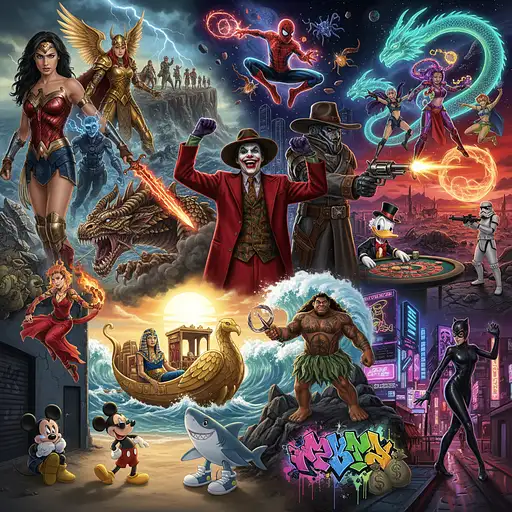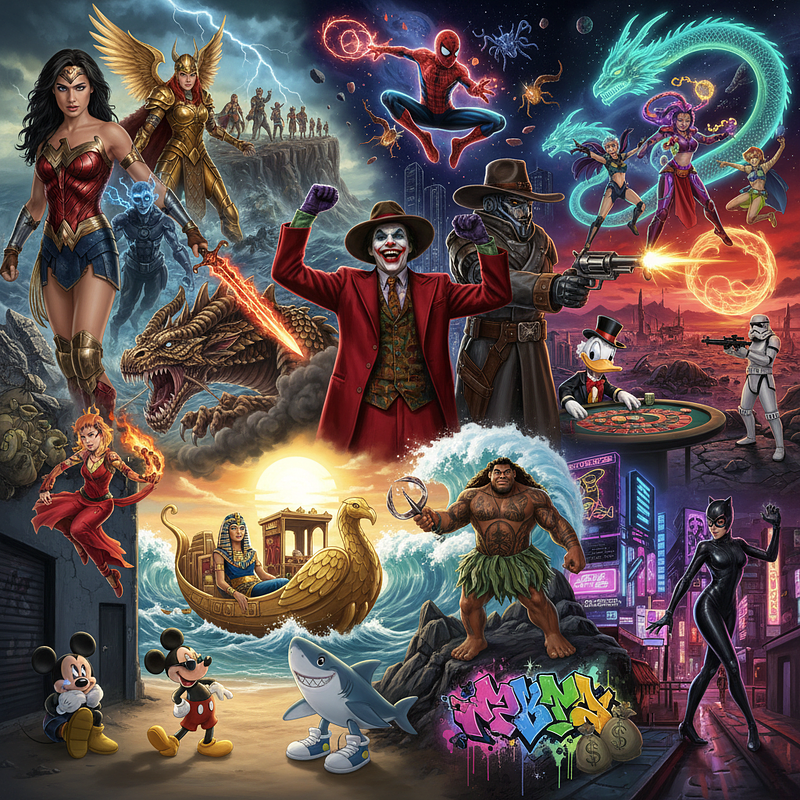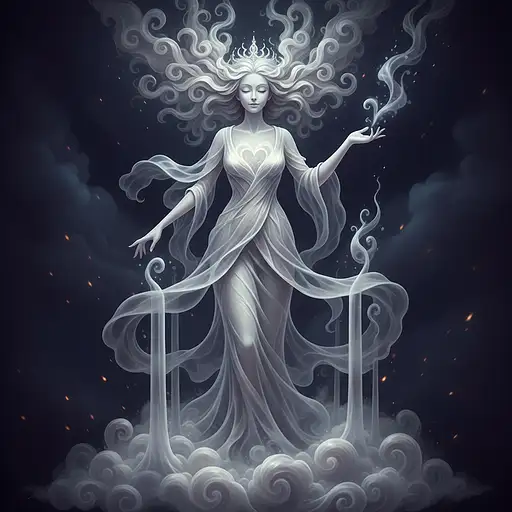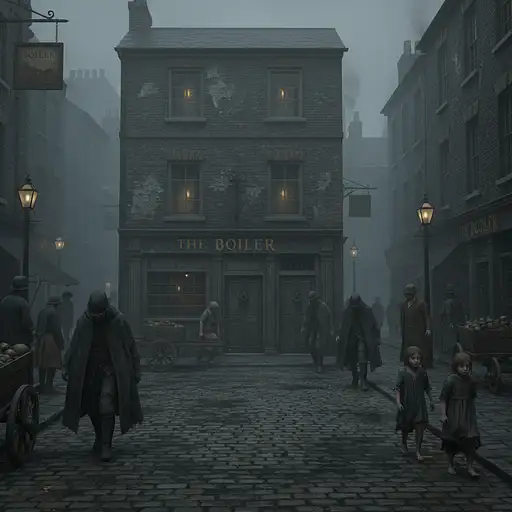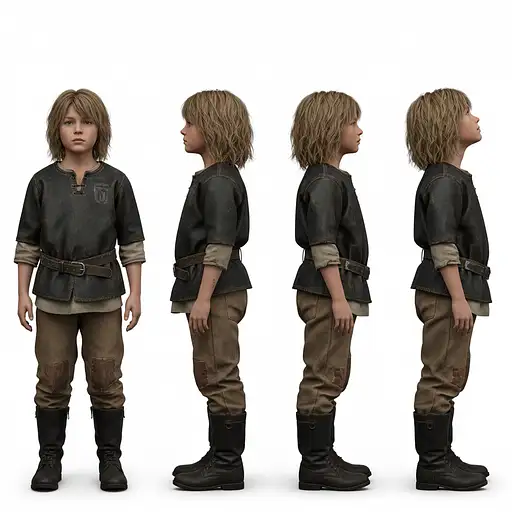34 minutes ago
Layout Structure and Composition:
- Overall composition: Symmetrical grid-based layout for a clean, professional feel, divided into three horizontal sections to guide the eye from top to bottom (headline → content → CTA). This ensures quick scannability in 10 seconds or less on Instagram feeds.
- Top section (20% of canvas): Centered headline with subtle tech overlay (e.g., faint binary code or circuit board pattern) for a technical vibe.
- Middle section (60% of canvas): 3x3 grid showcasing key data points from the Excel sheet. Each cell features one category (e.g., Files & Navigating) with 2-3 highlighted command examples. Use icons (e.g., folder icon for Files, CPU icon for System Info) to visually separate categories. Background has a subtle gradient fade for depth.
- Bottom section (20% of canvas): Centered CTA with a button-like element (rounded rectangle with arrow icon) to encourage interaction. Include a small footer with hashtag cloud (#LinuxTips #CommandLine #SysAdmin) and a subtle brand watermark (e.g., abstract terminal prompt icon).
- Spacing: 50px margins on all sides for breathing room; elements aligned to a 12-column grid for precision. High-contrast elements ensure mobile visibility.
Color Scheme with Hex Codes:
- Primary background: Linear gradient from deep teal (#008080) at top to lighter teal (#20B2AA) at bottom for a vibrant, tech-inspired flow.
- Accent colors: Bold orange (#FF4500) for headlines and icons to create high contrast and energy; navy blue (#001F3F) for text and borders for professionalism.
- Neutral tones: White (#FFFFFF) for main text on dark backgrounds; light gray (#D3D3D3) for subtle dividers and secondary text.
- High contrast ratio: All text elements maintain at least 4.5:1 contrast (e.g., white on teal) for accessibility and vibrancy.
Typography Choices:
- Headline font: Montserrat Bold (sans-serif, modern tech feel) at 72pt for the main title, with tracking at 50 for openness.
- Subheadline/Category titles: Roboto Medium (clean, readable) at 36pt, all caps for hierarchy.
- Body text (command examples): Source Code Pro Regular (monospace for code authenticity) at 24pt, with line height 1.2 for dense but legible lists.
- CTA font: Montserrat SemiBold at 48pt, italicized for urgency.
- Hierarchy: Bold for key terms (e.g., command names like "ls -l"); italic for descriptions. Limit to 2-3 fonts total for cohesion.
Data Visualization Approach:
- Approach: Simplified infographic-style grid to visualize the Excel data without overwhelming. Select 9 key data points (one per grid cell) from the sheet, prioritizing essentials: e.g., from "Files & Navigating" (ls -l, cd foldername); "System Info" (top, hostname); "Networking" (ip addr show, ss -tuln); etc. Avoid completeness—focus on high-value, beginner-friendly commands to drive conversions (e.g., encourage full cheatsheet downloads).
- Visualization types: Icon-based bullets for each command (e.g., arrow icon before "ls -l - List all files..."). Use a subtle bar chart in one cell (e.g., for Processes category) showing "priority levels" (nice/renice) as horizontal bars in orange/teal for visual interest.
- Simplification: Phrase fragments only (e.g., "ls -l: Detailed file list"); bold command strings for emphasis. If jargon exceeds basics (e.g., "ss -tuln"), add a tiny tooltip icon linking to a story highlight in the post caption.
Marketing Elements Placement:
- Compelling headline: "Level Up Your Linux Skills: Top Commands Cheatsheet!" centered at top, with orange glow effect for vibrancy.
- Key data points: Integrated into the middle grid—e.g., top-left cell: "Files & Navigating" with bullets like "**ls -l**: Detailed file list", "**cd ..**: Back to parent dir". Use orange highlights on commands to draw eyes.
- Clear call-to-action: "Get the Full Guide – DM 'LINUX' Now!" in a orange-bordered button at bottom-center, with a right-arrow icon for directionality.
- Subtle technical/marketing cues: Faint terminal window frame around the grid; motivational micro-copy like "Boost Productivity Today!" in small teal text. Hashtags and brand icon (e.g., stylized penguin for Linux) in footer to encourage shares and follows.
Technical Specifications for Implementation in Photoshop:
- Canvas setup: New document at 1080x1080 pixels, 72 DPI (RGB color mode for digital), background contents transparent initially for layering.
- Layers organization: Group into folders – "Background" (gradient layer with Overlay blend mode for pattern); "Headline" (text layer with Drop Shadow: opacity 20%, distance 5px, black color); "Grid Content" (shape layers for grid lines at 1px stroke, #D3D3D3; smart objects for icons from free packs like Flaticon); "CTA" (rounded rectangle tool with 20px radius, fill #FF4500, stroke none); "Effects" (adjustment layers for overall vibrancy: Hue/Saturation +20 on orange channel).
- Effects and filters: Apply Gaussian Blur (2px) to background pattern for subtlety; use Layer Styles for text (e.g., Outer Glow on headline: blend mode Screen, opacity 50%, #FF4500). For icons, use Color Overlay to match palette.
- Export: Save as PSD for edits; export as JPEG (quality 90) or PNG for transparency if needed. Optimize file size under 1MB using Image > Image Size (resample Bicubic) and File > Export > Export As with compression.
- Best practices: Use guides (View > New Guide Layout: 3 columns, 3 rows, 20px gutter) for alignment; non-destructive editing with masks; test on mobile preview (Window > Device Preview) for Instagram scaling.
